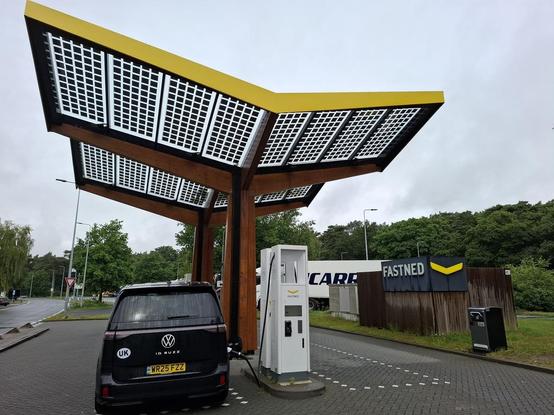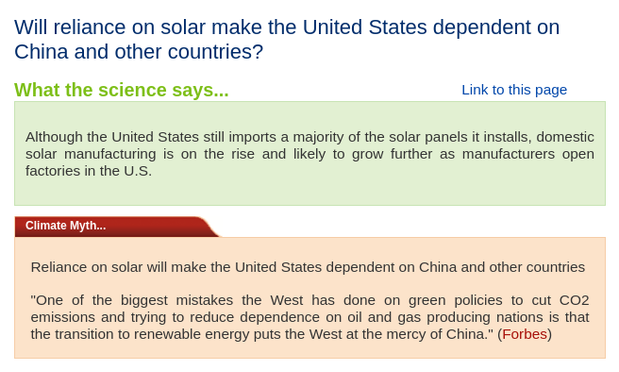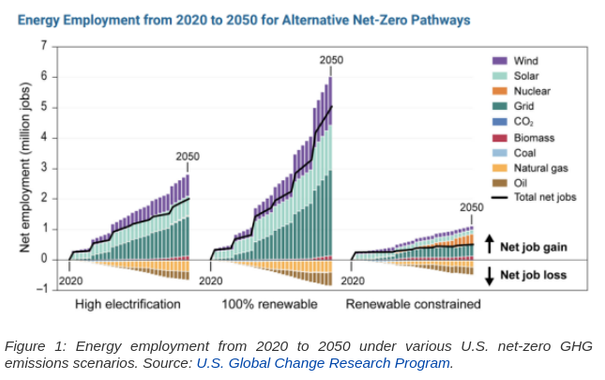"Today, the Sabin Center for Climate Change Law and Environmental Defense Fund (EDF) jointly published a new report titled Building a Cleaner, More Resilient Energy System in Cuba: Opportunities and Challenges.
The report provides detailed information on the current state of Cuba’s electricity sector and recommends reforms to advance the transition to a lower emission, reliable, and more climate resilient system."
#EnergyModernization
#SabinCenterForClimateChangeLaw
https://blogs.law.columbia.edu/climatechange/2024/04/17/illuminating-a-path-to-a-cleaner-and-more-resilient-energy-system-in-cuba/


